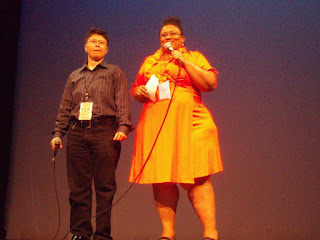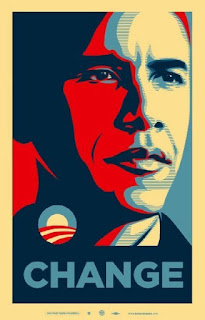Search This Blog
Official website of Annakarinaland , broadcast on KXSF.fm San Francisco Community Radio Focus on Women and Film. Published reviews and scholarly writing of film critic Moira Jean Sullivan
Posts
Queer Women of Color Film Festival, San Francisco June 12-14
- Get link
- X
- Other Apps
The Eclectic 62nd Cannes Jury=Woman Power
- Get link
- X
- Other Apps
Gus Van Sant Gets Milk Nearly All Right
- Get link
- X
- Other Apps
Journalist Ulrike Meinhof: From Theory to Practice
- Get link
- X
- Other Apps
"No Tears, No Applause, No Ontoward Outburst..."?
- Get link
- X
- Other Apps
Tieing the Knot in San Francisco after 55 years, Del Martin and Phyllis Lyon
- Get link
- X
- Other Apps













